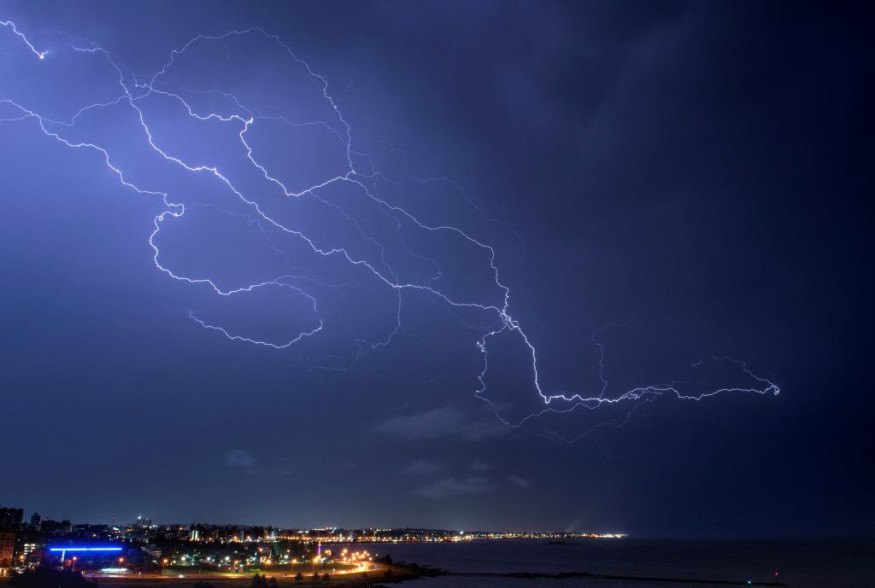India is boosting the use of artificial intelligence (AI) to improve its weather forecasting capabilities.
The move comes as the country is experiencing an increase in extreme weather occurrences such as torrential rains, floods, and droughts.
Extreme Weather Events in India

Global warming has caused more intense confrontations of weather systems in India in recent years, increasing extreme weather events that have killed over 3,000 people this year, according to the independent Centre for Science and Environment.
The India Meteorological Department (IMD), which is in charge of delivering critical weather forecasts for the country of 1.4 billion people, is leading the charge.
The IMD presently relies on supercomputer-run mathematical models, but incorporating AI into a larger observation network could provide higher-quality forecast data at a lesser cost.
K.S. Hosalikar, head of Climate Research and Services at IMD, said that the department has effectively used AI to give public notifications for heatwaves and diseases such as malaria.
The next phase is to increase the number of weather observatories that offer data at the village level, potentially providing higher-resolution data for more accurate forecasting.
The government also announced that it intends to develop weather and climate forecasts by mixing artificial intelligence into traditional models and that it has established a center to test the notion through workshops and conferences.
"An AI model doesn't require the high cost involved in running a supercomputer - you can even run it out of a good quality desktop," said Saurabh Rathore, an assistant professor at Indian Institute of Technology-Delhi.
Future Of AI in Weather Forecasting
Weather forecasting agencies throughout the world are focusing on AI, which may reduce costs and improve speed, and which the Met Office claims might "revolutionize" weather forecasting, with a recent Google-funded model outperforming traditional approaches.
Experts warn, however, that the success of AI in weather forecasting is strongly reliant on the availability of high-resolution data.
"Without having high-resolution data in space and time, no AI model for location-specific magnification of existing model forecasts is feasible," said Parthasarathi Mukhopadhyay, a climate scientist at the Indian Institute of Tropical Meteorology.
As India grapples with the difficulties of climate change, the use of artificial intelligence in weather forecasting appears to be a critical step toward enhancing precision, cost-effectiveness, and overall resilience in the face of increasingly unpredictable weather patterns.
NASA and International Business Machines Corporation (IBM) announced at the recent COP28 that an AI tool named Watsonx.ai would be offered on the open-source AI platform Hugging Space. Watsonx.ai will assist users in monitoring the Earth from orbit, measuring past environmental changes and providing forecasts for the future.
IBM said that when this type of generative AI is employed in weather forecasting in the future, it may be feasible to better predict hurricanes, droughts, and other severe weather events. This may elucidate the precise manner in which environmental changes, such as melting ice at the poles, may affect our daily lives.
The technology could also be used in businesses, such as assisting disaster response teams in preparing for fires that affect residential housing or assisting supply chain logistics organizations in better understanding macro-weather patterns.
Related Article : Scientists Uses AI to Create Better Lightning Forecast Models
© 2026 NatureWorldNews.com All rights reserved. Do not reproduce without permission.





